【Owner's home car knowledge】Speaking of fuel additives, many of my friends may have heard of or used them. When refueling at gas stations, staff members often sell this product to you. Some friends do not understand how to use this product, and some friends do not know how to use it. I don't know what the function of this product is. Today, the editor will give you a brief introduction to the basic knowledge of fuel additives.
● What are fuel additives?
Fuel additives are divided into gasoline additives and diesel additives. Since diesel vehicles account for a small proportion of civilian vehicles in my country, and the composition and function of diesel additives are basically similar to gasoline additives, we will not make separate explanations in this article. Most of the fuel additives currently on the market are composed of four major stock solutions plus other components. The four stock solutions are: BASF stock solution, Lubrizol stock solution, Chevron stock solution and Yafu Afton (Afton) stock solution, the four major additive stock solutions, and then manufacturers of fuel additives will add other materials according to the characteristics of their products. For example, when producing octane number-adjusted fuel additives, octane number boosters need to be added; production of clean type When adding fuel additives, it is necessary to add cleaning detergents and so on.
★ What is stock solution?
When it comes to the original liquid, it is actually prepared by the four major manufacturers mentioned above with various materials such as naphtha, hydrogenated petroleum light naphthenic distillate oil, polyetheramine, and light aromatic hydrocarbons. The stock solution is a prepared product, which can be used directly theoretically. Its function is to allow the additive to be fully burned. Other manufacturers of fuel additives can obtain the stock solution and then add corresponding materials according to their own needs to form a complete fuel additive.
● What can fuel additives do?
The main function of fuel additives is to make up for the vehicle problems caused by the insufficient quality of the fuel itself by means of the formula and the ingredients in the additives. From a functional point of view, the amines in some fuel additives can clean the long-term accumulated carbon deposits in the engine system, etc. Substances, often used in small amounts can inhibit the generation of carbon deposits, reduce engine abnormalities caused by carbon deposits, and some fuel additives can improve the octane number of fuel to a certain extent, reduce or eliminate engine knocking caused by insufficient octane number of fuel . If classified according to the function of use, fuel additives are basically divided into four categories, namely:
1. Clean type:When the vehicle has poor fuel supply, engine shaking, unstable idle speed, increased fuel consumption, poor acceleration, etc., you can go to the repair shop or 4S shop to check whether these problems are caused by carbon deposits. If it is determined that it is carbon deposits These problems caused by too much, it is recommended that you can disassemble the engine to clean, but if you do not have the time or energy to disassemble and wash the engine, you can try to use clean fuel additives to solve these problems. In view of the different fuel injection methods of the current mainstream gasoline engines (divided into engines with electronic injection technology and engines with in-cylinder direct injection technology), the parts cleaned by clean fuel additives are also different, and we will introduce them separately below.
When an engine with electronic injection technology uses clean fuel additives, it can clean the carbon deposits in the intake manifold, valves and fuel injectors.
And because the fuel injector of the engine with direct injection technology will directly spray the fuel into the cylinder (click here to learn about the direct injection engine), so the top of the intake valve of the engine cannot be cleaned when using fuel additives. If you want to clean the carbon deposit above the intake valve, you must disassemble the engine for cleaning; when the fuel additive is sprayed into the cylinder, it will dissolve the carbon deposit on the top of the piston and the combustion chamber, and burn it out of the engine.
The main components of cleaning carbon deposits in fuel additives are polyetheramine (PEA), polyethylenylamine (PIBA) and polyamine (PBA), so when selecting such products, it is necessary to check whether there are these three in fuel additives. Element. But here I would like to remind everyone that some models with a lot of carbon deposits and gelling are not suitable for using this additive, because once a large piece of dirt is cleaned off, the dirt will enter the cylinder and cause damage to the cylinder; Models using this additive should not use too much, otherwise it may cause insufficient combustion and cause secondary carbon deposits. Examples of clean fuel additive brands: 3M Fuel System Cleaning Additive, Annezch Fuel King, Bafu G17 Fuel Cleaner.
2. Conservation type:Strictly speaking, this kind of additive is also a clean fuel additive. Its composition is similar to the clean fuel additive mentioned above, but its dosage is less than that of the clean fuel additive. If we compare the clean fuel additive mentioned above to The powerful medicine for curing diseases, the maintenance-type fuel additive is like a relatively mild nutrient, we describe it separately for readers to understand better.
The main function of maintenance-type fuel additives for engines with electronic injection technology is to inhibit the generation of carbon deposits and ensure the normal operation of valves and fuel injectors, while for engines with in-cylinder direct injection technology, the main function is to inhibit the carbon deposits in the combustion chamber and pistons. The carbon deposit on the top ensures the normal operation of the bottom of the valve and the fuel injector. Its main components to inhibit carbon deposition are also polyetheramine, polyvinylbuteneamine and polyamine, but the amount used in production will be relatively small, so it needs to be used frequently to play its role well.
Generally, new cars or models with less carbon deposits after inspection can use this additive for a long time to maintain the engine. above the door. Examples of maintenance-type fuel additive brands: Happy Pao Company filling G17 gasoline additive (exclusive to Audi Volkswagen), bp Ultimate (bp Ultimate), Hailong fuel treasure.
3. Octane adjustment type:The octane number refers to the anti-knock index of the fuel. Simply put, it is the number of gasoline we usually say. For example, the octane number of 92# gasoline is 92; the higher the octane number, the better the shock resistance, and this kind of fuel Additives are mainly used to improve the octane number of fuel to a certain extent, improve the quality of oil products, reduce the possibility of engine knocking, and reduce damage to the engine.
☆ Can octane adjusted fuel additives be used frequently?
Many friends have asked me whether the octane number-adjusting fuel additive can be used frequently. Here I would like to remind everyone that the current component of this additive to increase the octane number is: methylcyclopentadiene manganese tricarbonyl (MMT) , methyl tert-butyl ether (MTBE), ethyl tert-butyl ether (ETBE), etc. Among them, methylcyclopentadiene manganese tricarbonyl (MMT) contains manganese compounds, which can produce Manganese oxide is adsorbed on the surface of spark plugs and catalytic converters. If it is used frequently, it will cause faults such as spark plug ignition failure and three-way catalytic converter blockage. At present, many developed countries in Japan and Europe have long banned the addition of manganese to fuel, and also banned Methylcyclopentadiene manganese tricarbonyl (MMT) is added to gasoline as an anti-riot agent, but there is no relevant regulation in our country yet.
If you go to some strange or remote places, there is no gasoline that is suitable for your vehicle. For example, you often use 97# (Beijing 95#) gasoline at home, but the nearby gas stations only have 93# (jing 92#) gasoline At this time, you can use octane number-adjusted fuel additives to rescue the emergency and reduce the damage to the engine caused by the octane number mismatch. However, the packaging of many fuel additives on the market does not indicate what ingredients are contained. It is also impossible to judge whether the additive contains methylcyclopentadiene manganese tricarbonyl (MMT), so it is recommended that you try not to use it if you can.
4. Comprehensive type:This additive combines the characteristics of the above three products. It is a fuel additive with relatively advanced technology. It can clean the carbon deposit (engines with in-cylinder direct injection technology cannot be cleaned above the intake valve) and inhibit the carbon deposit. It can also increase the octane number, which is a product with comprehensive performance, but the price will be more expensive than the above three fuel additives. This kind of additive is suitable for friends who want to improve the condition of their vehicles and don’t have much time to take care of their vehicles. Examples of comprehensive fuel additive brands: Chevron Tejin gasoline additive, RED LINE Sl-1 gasoline additive, AMSOIL Pi gasoline additive.
The above are the four kinds of fuel additives that are currently sold in the market that we have summarized for you. These four additives have their own characteristics. Of course, there will be some differences in the effects and methods of use. Let’s take a look at how to use them. fuel additive.

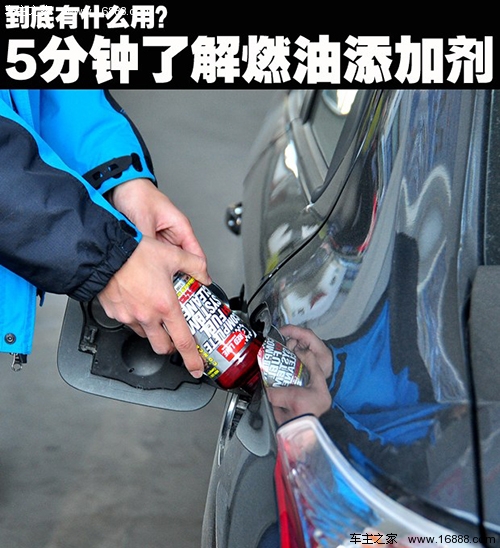
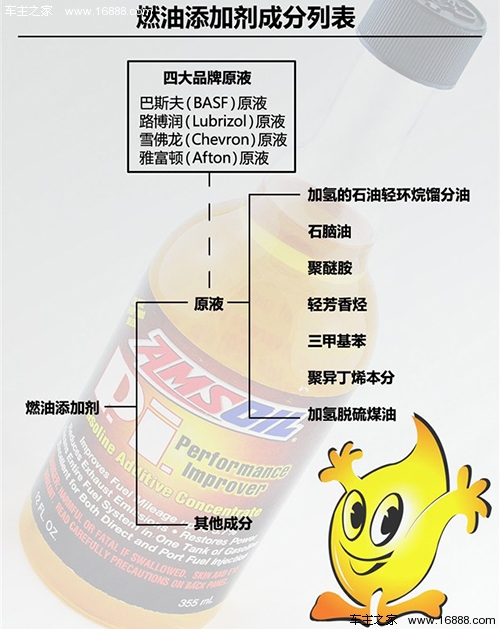
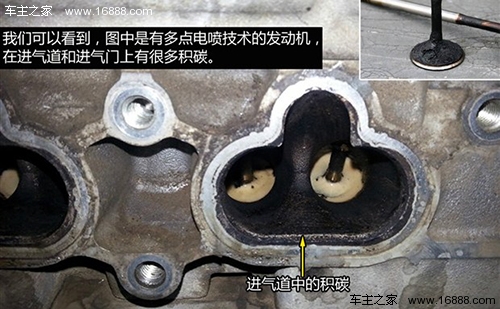
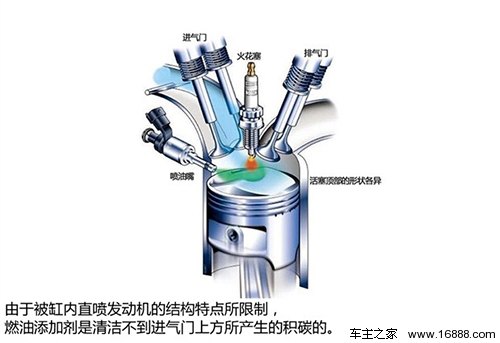
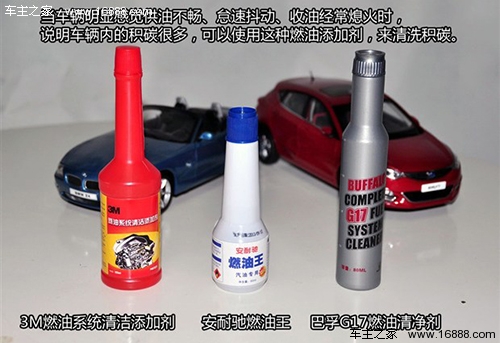
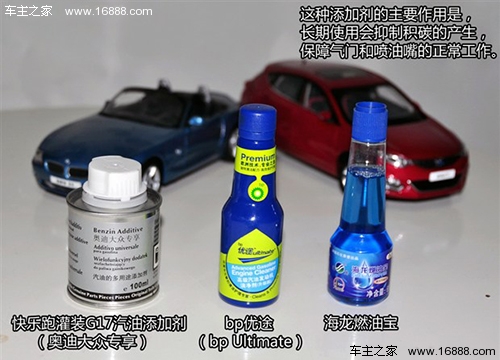


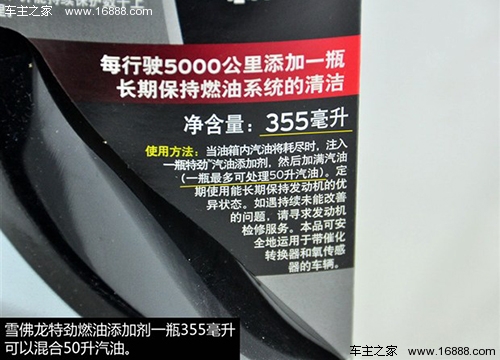







 Email:
Email: